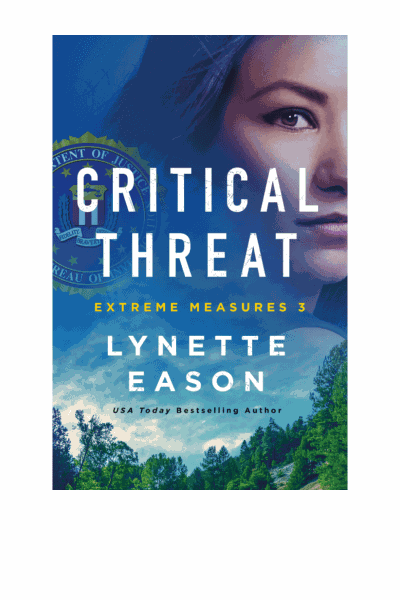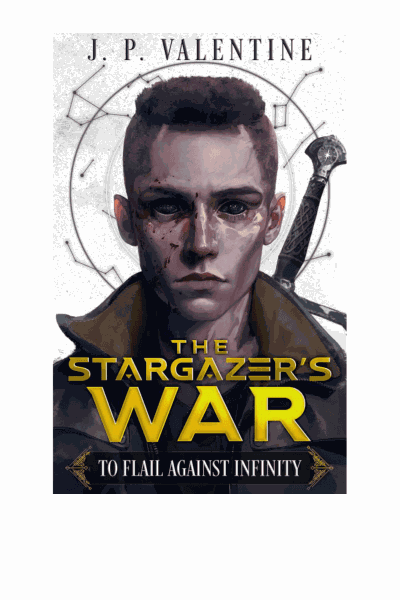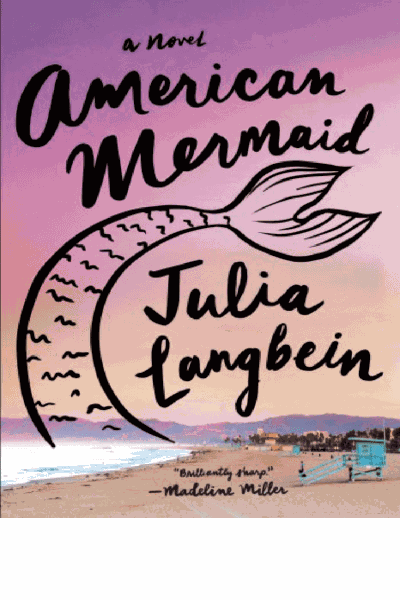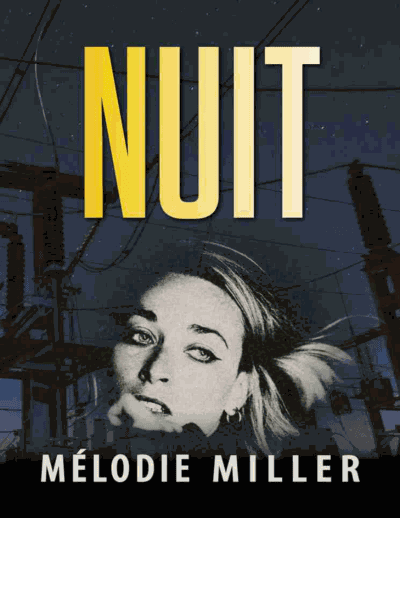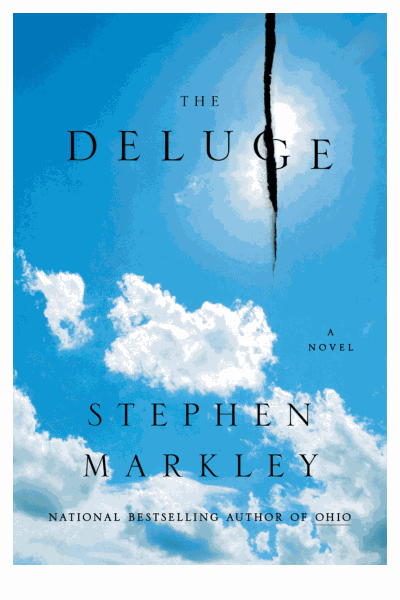
The Deluge
Author/Uploaded by Stephen Markley
Also by Stephen Markley OHIO ABOUT THE AUTHOR PHOTO BY MICHAEL AMICO STEPHEN MARKLEY is the author of Ohio, which NPR called a “masterpiece.” He is a graduate of the Iowa Writers’ Workshop, and his other books include the memoir Publish This Book and the travelogue Tales of Iceland. SimonandSchuster.com www.SimonandSchuster.com/Authors/Stephen-Markley @simonbooks A NOTE ON THE TYPE This book was s...
Content Preview
Also by Stephen Markley OHIO ABOUT THE AUTHOR PHOTO BY MICHAEL AMICO STEPHEN MARKLEY is the author of Ohio, which NPR called a “masterpiece.” He is a graduate of the Iowa Writers’ Workshop, and his other books include the memoir Publish This Book and the travelogue Tales of Iceland. SimonandSchuster.com www.SimonandSchuster.com/Authors/Stephen-Markley @simonbooks A NOTE ON THE TYPE This book was set using Adobe Text Pro, a utilitarian text typeface designed by Robert Slimbach. This font takes its cues from post-Renaissance Baroque transitional types, and though it demonstrates a classical form, it’s versatility is a statement of contemporary design. THE PHASE TRANSITIONS OF METHANE HYDRATES 2013 One of the grad assistants had left the mail in a pile by the lab’s primary computer. The first envelope Tony Pietrus opened was a confirmation letter from the American Geophysical Union for an appearance at the annual AGU conference to present initial research findings. The second envelope would change the way Tony felt about the world. He never got around to the rest of the day’s mail. He opened this letter with his eyes diverted, still on the screen, lunch settling in his stomach and his dad’s advice—“Grants can’t read denser than the actual science”—still irritating him. He’d often do his best thinking when he let his mind go, perhaps while playing with his daughters or after making love to Gail, so he tried to grasp the gist of this latest round of data without diving too deeply into the morass. Reading over the cluttered integers cross-stitched onto the screen, he found himself compelled by the data set the way his kids might anticipate a lesser holiday, like Easter, and he couldn’t resist a peak at the chocolate eggs. The issue of his dwindling NSF funds and failure, thus far, to secure another grant also nagged at him. As if competing for money, lab space, and computational resources at Scripps wasn’t already pain enough in the ass, he and Niko had no “charismatic megafauna” involved. Only the maddening mystery of methane hydrate phase transitions. To him, the obviousness of studying deep-sea methane molecules felt like a bright red elephant walking down La Jolla Shores Drive, but explaining it to the layperson required a convoluted story, especially as to why hydrates deserved to take money from vanishing schools of tuna or adorable chirping dolphins. It began with the model his eyes crept over now: He and his fellow researcher, Niko, had concocted a Monte Carlo simulation to predict the behavior of clathrates under changing conditions of temperature and pressure. He and Niko spent so much time in the lab playing with the input parameters that they sometimes forgot this could all sound unbearably tedious and impossible to grasp. Gail lent her more poetic mind to the task of making the clathrates’ story cogent. “So you’re trying to figure out when some ice will melt,” Gail said at dinner the night before. “I’m bored,” groused their youngest daughter, Catherine, while smushing her face in her hands. “Stop talking about this.” “Ah. ‘Ice.’ Yes, very funny.” He stabbed at Gail’s chicken. “You’re more of an a-hole than the porpoise folks dropping a few hundred grand on new sonar equipment to measure dolphin clicks.” “I know what that word means, Daddy,” Holly scolded. In between his daughters’ complaints, Gail helped talk him through a more “user-friendly” description of molecular interactions, specifically the ones that governed phase transitions. Warmer temperatures were one variable that could trigger the abrupt transition from ordered to disordered states: solid to liquid, liquid to gas. The Monte Carlo method—so named for its resemblance to random dice rolls—allowed scientists, economists, and mathematicians to perform all kinds of experiments to model natural phenomena that have irregular and unpredictable inputs. The clathrates littering the floors of the world’s oceans were just such a phenomenon. He, Niko, and their team of grad assistants spent their days running these computational algorithms, constantly adjusting variables like temperature and pressure. The idea was to mimic the random real-world fluctuations of molecular behavior. A scattershot career that began in theoretical physics had taken Tony to Yale, where he ended up in the Department of Geology and Geophysics before finally developing a more permanent interest in oceanography. In the crisp salt air of Scripps’s beachside campus, he’d found a way to apply his theoretical imagination to hard earth sciences. He spent a fair amount of time sunburning on the beaches of La Jolla with his girls, pondering the pore width and cage structures of clathrates while showing his four-year-old how to build a better sand castle. Now he picked up the tan nine-by-eleven envelope, but his eyes left the screen only momentarily to catch a glimpse of the handwritten address, his name in the center in neat block letters, SCRIPPS INSTITUTE OF OCEANOGRAPHY beneath. It felt light, maybe only a slice or two of paper inside. Bacterial degradation of organic matter in the oceans produced methane, he’d once told his dad, a math professor without much interest in physical nature. Basically, plants and animals that rotted in a low-oxygen environment became trapped in crystals of frozen water. It took thousands of years for methanogenic bacteria and sediment to do their work and trap the methane molecules where the conditions of temperature and pressure were right, either in the Arctic permafrost, beneath the seafloor, or on its surface clutching the rock in frozen chunks. Every gas hydrate had a similar structure, but methane was the most prolific prisoner, and in some places it was a prominent feature of deep-sea ecosystems, which first drove the interest at Scripps. When he applied as a postdoctoral researcher, several faculty members had pointed him to Nikolaos Stubos, the Greek wunderkind from Berkeley, who had similar areas of interest. They’d gone from colleagues to friends when that NSF grant had come through. Together, they began plotting how to best understand the strange combination of circumstances that permitted the formation and enduring stability of this particular hydrate. In 2010, the
More eBooks

